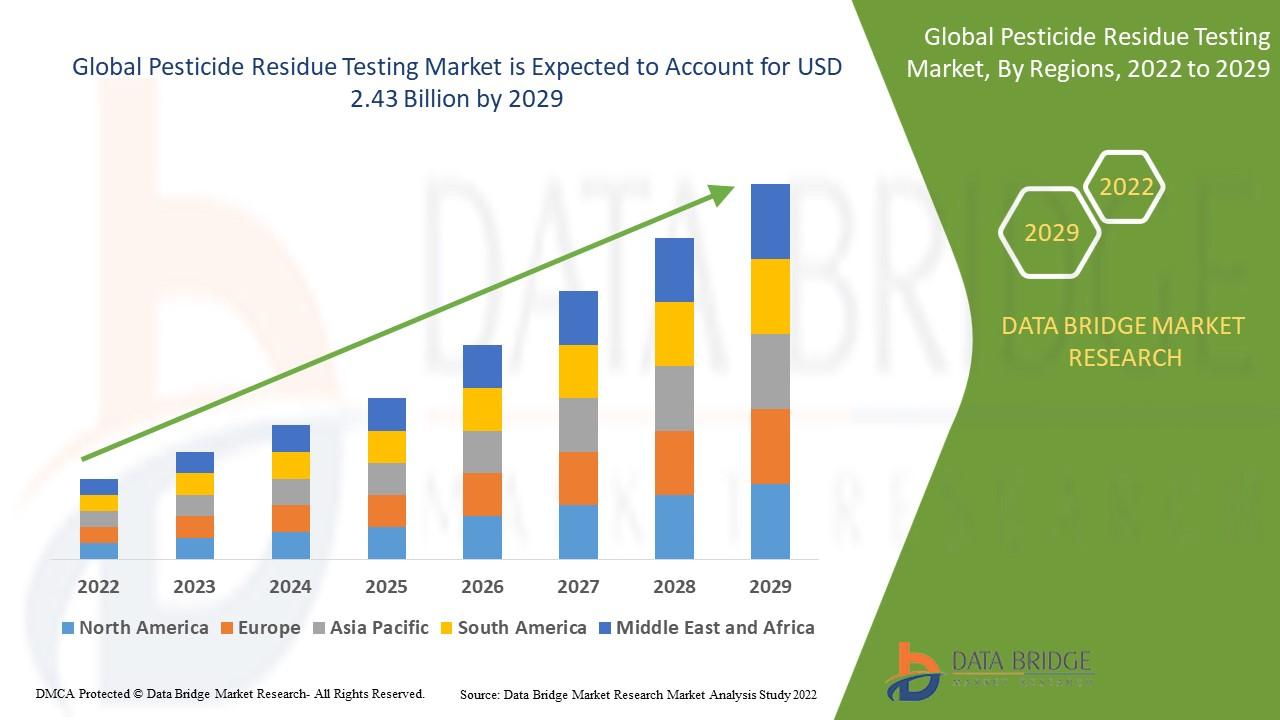Beyond Paper: Understanding Electronic Data Interfaces in Business (EDI vs. APIs)

In the digital age, businesses thrive on data. The ability to seamlessly share information with partners, customers, and internal systems is paramount for efficiency, speed, and success. While the term "Electronic Data Interface" might sound generic, in the realm of business, it typically points to two powerful technologies that enable this crucial data exchange: Electronic Data Interchange (EDI) and Application Programming Interfaces (APIs).
Let's dive into these "interfaces" to understand how they facilitate the flow of electronic data and why they are vital for modern commerce.
What Does "Electronic Data Interface" Mean in Business?
When we talk about an "Electronic Data Interface" in a business context, we're referring to the mechanisms, protocols, and technologies that allow different computer systems belonging to different organizations (or even different departments within the same organization) to communicate and exchange data electronically. The goal is always to automate processes, reduce manual effort, improve accuracy, and accelerate information flow.
The two dominant "interfaces" that achieve this are EDI and APIs.
1. Electronic Data Interchange (EDI): The Tried and True Workhorse
As discussed in the previous blog, EDI is the computer-to-computer exchange of business documents in a standard electronic format between trading partners. It's been the backbone of supply chains for decades, enabling structured, high-volume data exchange.
How EDI Acts as an "Interface":
-
Standardized Formats: EDI acts as an interface by enforcing a predefined "language" or format (like X12 or EDIFACT) for business documents (purchase orders, invoices, ASNs). This ensures that no matter what internal system a company uses, its data can be translated into a universally understood EDI message.
-
Translators: EDI translators are the actual "interface" software that converts data from a company's internal ERP (e.g., SAP, Oracle) into the EDI standard format, and vice-versa.
-
Communication Channels: EDI interfaces utilize specific communication protocols (like AS2, SFTP, or Value Added Networks - VANs) to securely transmit these standardized documents between trading partners' systems.
Key Characteristics of EDI as an Interface:
-
Batch Processing: EDI often involves sending and receiving data in batches at scheduled intervals. This is well-suited for high-volume, routine transactions.
-
Rigid Structure: The strict adherence to standards ensures high accuracy and reduces errors, but can make it less flexible for dynamic data needs.
-
Robustness and Reliability: EDI has proven to be incredibly reliable for mission-critical business transactions.
-
Industry-Specific: Widely adopted in industries like retail, manufacturing, automotive, and healthcare, often mandated by larger trading partners.
When EDI is the Preferred "Interface":
-
Exchanging large volumes of structured, routine business documents.
-
When stability, security, and proven reliability are paramount.
-
For compliance with industry-specific mandates or major trading partner requirements.
2. Application Programming Interfaces (APIs): The Modern, Real-time Connector
APIs are a more modern and increasingly popular form of "electronic data interface." An API is a set of defined rules and protocols that allows different software applications to communicate with each other. Unlike EDI's focus on document exchange, APIs allow applications to make requests and receive responses, facilitating real-time interactions and data flows.
How APIs Act as an "Interface":
-
Direct Application-to-Application Communication: APIs act as a direct gateway, allowing one software application to access features or data from another application without needing to understand its internal workings.
-
Flexible Data Formats: While often using structured formats like JSON or XML, APIs tend to be more flexible than EDI, accommodating a wider variety of data types (structured and unstructured).
-
Real-time Interaction: APIs are designed for immediate, on-demand data exchange, enabling dynamic business processes. For instance, a mobile banking app uses APIs to communicate with the bank's core systems in real-time.
-
RESTful, SOAP, GraphQL: These are common architectural styles and protocols used to build and interact with APIs, defining how data is requested and sent over the internet.
Key Characteristics of APIs as an Interface:
-
Real-time / Near Real-time: Ideal for immediate data updates, interactive applications, and dynamic processes.
-
Flexibility: More adaptable to changing business needs and diverse data types.
-
Granular Control: Allows for access to specific functions or data points within an application, rather than exchanging entire documents.
-
Developer-Friendly: Often easier for developers to integrate and build new applications on top of existing systems.
When APIs are the Preferred "Interface":
-
For real-time data synchronization (e.g., inventory updates, payment processing).
-
Integrating web or mobile applications with backend systems.
-
Building new digital services that require dynamic interactions.
-
When flexibility and rapid development are key.
EDI vs. APIs: A Complementary Relationship
It's important to note that EDI and APIs are not mutually exclusive. Many modern businesses are adopting a hybrid integration strategy, leveraging the strengths of both:
-
EDI for core, high-volume, standardized transactions: For instance, exchanging purchase orders and invoices with major suppliers via EDI due to established mandates and reliability.
-
APIs for dynamic, real-time interactions: Such as integrating with a logistics provider's system for real-time shipment tracking or connecting an e-commerce platform to a payment gateway.
This combined approach allows businesses to maintain the robust efficiency of their traditional supply chain communications while also embracing the agility and real-time capabilities that modern digital ecosystems demand.
Conclusion
The concept of an "Electronic Data Interface" is fundamental to today's interconnected business world. Whether it's through the enduring power of Electronic Data Interchange (EDI) for structured document exchange or the agile, real-time capabilities of Application Programming Interfaces (APIs) for dynamic system interaction, these technologies are continuously transforming how businesses communicate, collaborate, and compete. Understanding the distinct roles and benefits of each allows organizations to build resilient, efficient, and future-proof digital operations.
Kategorien
Mehr lesen
Introduction: Empowering Calicut with Smart Solar Decisions As Calicut continues to embrace renewable energy, solar panel installations have become increasingly common across homes, businesses, and institutions. The city’s abundant sunlight and growing awareness of environmental responsibility make it an ideal location for solar adoption. However, the journey to solar energy is not always...

In today’s fast-paced world, time and accuracy matter more than ever. Whether you are cooking at home, planning a trip abroad, or managing a small business, conversions are part of daily life. From converting cups to grams in a recipe to checking currency rates or understanding kilometers versus miles, these calculations can be frustrating when done manually. This is where online...

今、多くのクリエイターやビジネスが注目しているのが tiktok ライブ配信 です。短尺動画の人気はすでに世界的に広がっていますが、リアルタイムで視聴者とつながれるライブ配信は、より深いコミュニケーションを可能にし、ファンとの信頼関係を築く強力な手段となっています。 TikTok ライブ配信の魅力 リアルタイムでの交流コメント機能やスタンプを使い、視聴者と直接コミュニケーションが取れるのが最大の魅力です。動画では一方的な発信になりがちですが、ライブなら即時の反応を受け取ることができます。 拡散力の高さTikTokはおすすめ欄を通じて新しいユーザーにリーチしやすく、ライブ配信も例外ではありません。フォロワー以外の人が視聴に参加することで、新規ファンの獲得が自然に生まれます。...

"Executive Summary Pesticide Residue Testing Market Research: Share and Size Intelligence CAGR Value Data Bridge Market Research analyses that the pesticide residue testing market was valued at 1.34 billion in 2021 is expected to reach the value of USD 2.43 billion by 2029, at aw CAGR of 7.70% during the forecast period. The large scale Pesticide Residue Testing Market report...

Digital presence has become more than a necessity; it is the foundation of how businesses interact, grow, and sustain themselves. MJSoft, a leading digital marketing agency based in Mississauga, Ontario, stands at the forefront of this transformation. Since its establishment in 2018 by Muataz Jabri, a seasoned web developer and software engineer with over 13 years of experience, MJSoft...



